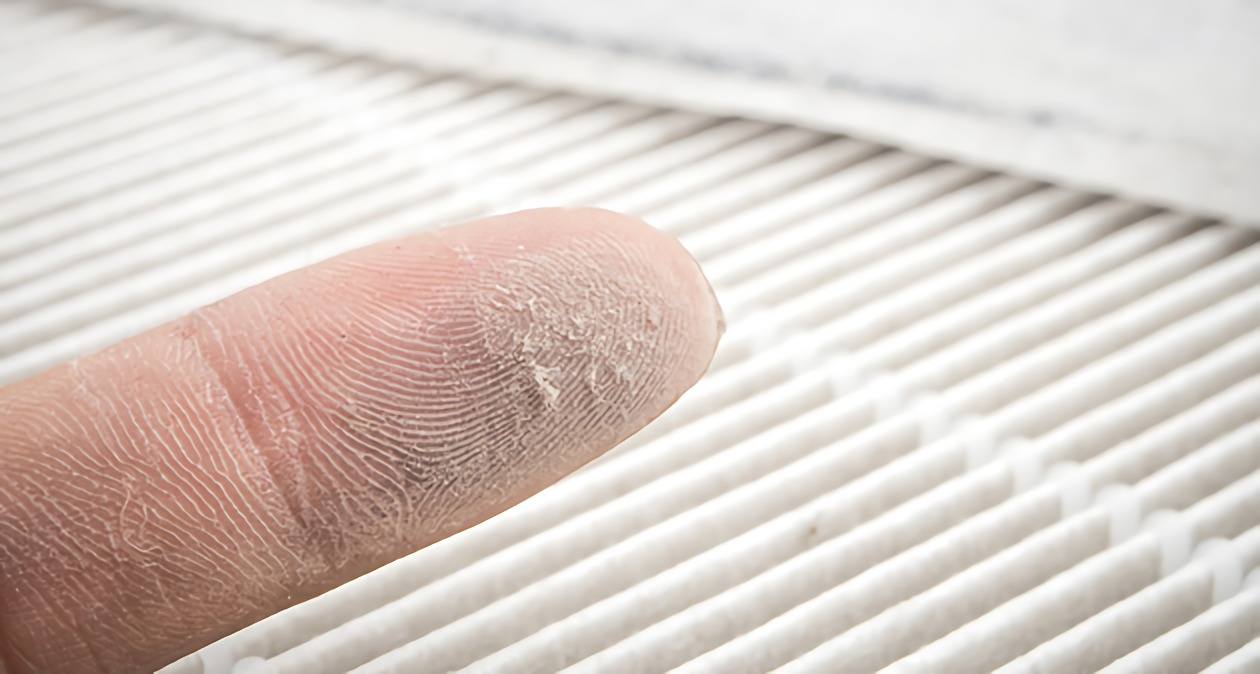
Indoor air quality, or indoor environmental quality, describes how the air inside buildings and structures affects people’s health, comfort, and ability to work. According to the Occupational Safety & Health Administration, indoor air quality may include temperature, humidity, and ventilation, as well as exposure to mold and chemicals. Good indoor air quality means comfortable temperature and humidity, ample ventilation, and control of pollutants.
The significance of air quality cannot be overstated, as poor air quality may negatively affect the health of building occupants. For example, the American Lung Association of the Mid-Atlantic states that the rate of pediatric asthma has increased by 72.3%, and is currently the leading chronic condition in American children. Importantly, part of the increase is attributed to poor indoor air quality.
As improving and maintaining indoor air quality is an essential part of a comprehensive HVAC training program, aspiring HVAC professionals will do well to learn about the importance of indoor air quality.
Indoor Air Pollution
UL Environment, whose GREENGUARD certification program rates interior products and construction materials based on chemical emissions, reports that indoor air can be heavily polluted. This is especially concerning since 90% of the average person’s life in the U.S. is spent indoors. Furthermore, 72% of chemical exposure comes from time spent at home. The organization also points out that indoor air is two to five times more polluted than outdoor air— and in some cases, even 100 times more polluted.
There are many sources of indoor pollution. The U.S. Environmental Protection Agency explains that pollutants can include combustion sources like oil, gas, kerosene, coal, wood, and tobacco products; building materials and furnishings like asbestos-containing insulation, moldy carpet, and cabinetry or furniture made from certain pressed wood materials; products for household maintenance, personal care, and hobbies; temperature control systems; and outdoor sources like radon, pesticides, and outdoor air pollutants.
Get Started on the Path to a New Career
Fill out our form to learn how we can help you change your life.
Some sources, like building materials, emit pollutants continuously, while others, like cleaning materials, only release them occasionally. Yet, high concentrations can linger in the air for long periods of time. Hence, strict building and manufacturing standards can significantly lower the risk of indoor exposure to pollutants. HVAC systems play a vital role in keeping people healthy and comfortable, as poor ventilation can exacerbate the problem by preventing air circulation.
HVAC Design Is Key
If there is a lack of air circulation, pollutants can accumulate to levels that can be detrimental to people’s health and comfort. Modern HVAC systems are designed to effectively ventilate buildings and minimize sources of indoor pollution. Awareness of the harmful impacts of inadequate indoor air quality continues to drive heating and air conditioning system design. Air-cleaning technologies include air filters, gas-phase filters, UVGI cleaners, PCO cleaners, and ozone generators.
However, managing indoor air circulation varies greatly depending on the setting. For example, you need different ventilation and filtering protocol for HVAC systems installed in industrial production sites like coalmines or factories than for medical care facilities like nursing homes and surgical centers. Furthermore, certain weather conditions may drastically limit the amount of outdoor air entering the building, thus requiring more complex ventilation systems.
HVAC systems alone can also be a source of indoor air pollution. The Centers for Disease Control and Prevention explains that improper operation and maintenance is one of the most common causes for poor indoor air quality, as these systems considerably impact the distribution and removal of pollutants. If HVAC systems aren’t properly maintained, ventilation air filters can become saturated, leading to microbial growth. Microbial growth can also be a result of stagnant water in drain pans or excessive moisture in air ducts and cooling coils. Therefore, regular HVAC maintenance is extremely important.
Careers in Air Quality Control
HVAC training at RSI covers various aspects of heating, ventilation, and air conditioning to prepare candidates for an entry-level position in indoor air quality control and related fields. If you’re ready to learn more about the challenges and rewards of working with commercial or residential ventilation systems, contact a helpful representative at RSI today.
This blog has been labeled as archived as it may no longer contain the most up-to-date data. For a list of all current blog posts, please visit our blog homepage at https://www.rsi.edu/blog/

